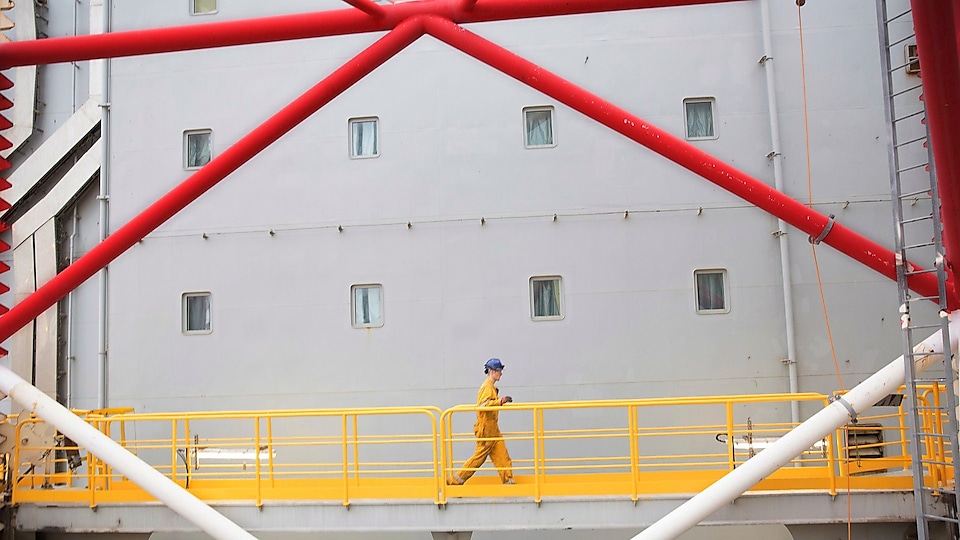Portfolio resilience to IEA 450 Scenario
In 2016, the International Energy Agency (IEA) has updated its 450 Scenario that describes an energy pathway consistent with the goal of limiting the average global temperature increase to 2°C. This is accomplished by seeking to limit the concentration of GHG in the atmosphere to around 450 parts per million of CO2 equivalent. By the year 2030, the IEA’s 450 Scenario describes an energy sector with significant renewables penetration, marked improvement in vehicle as well as process efficiency, and widespread replacement of coal by natural gas in power generation. Under this scenario, by 2030 overall CCS activity is expected to store around 50 times the volume of CO2 it does at present. The IEA recently updated the price and cost assumptions in its 450 Scenario, which now assumes oil and gas prices in 2030 of around $85 per barrel and $4.80 per MMbtu respectively, and CO2 equivalent costs of $100 per tonne for developed economies (all in real terms). The related impact on expected production is that global demand for oil would fall by 11% between 2014 and 2030, while demand for natural gas would grow by 8% during that period. The 450 Scenario assumptions intensify through to 2040 to simulate the level of global GHG emission reductions needed to achieve the scenario goals.
We have evaluated our portfolio as at the end of 2016, and so ignoring any subsequent portfolio announcements since then, under the updated 450 Scenario. The IEA’s projected GHG regulation is expected to result in lower demand for some of our products and potential impairments to some of our less energy-efficient assets. However, we could also see certain benefits as governments’ carbon pricing systems would make some forms of energy, such as natural gas and renewables, more competitive compared with coal. This balanced impact reflects Shell’s conscious strategic positioning. Governments establishing effective market-based mechanisms to create a cost on the emission of CO2 would also help encourage the development of CCS. Significant uncertainty exists in projecting the impact of long-term scenarios on Shell’s future portfolio, in large part because the composition of our portfolio in the 2030+ time horizon is unclear. While Shell is currently planning and preparing for energy transition, the evolution of energy system in line with the IEA’s 450 case could change our capital allocation strategy. However, our preliminary view, looking through 2040, is that the CO2 costs and oil and gas prices forecast under the IEA’s 450 Scenario would have a slightly negative impact on planned portfolio cash flow. This is primarily due to the higher CO2 costs assumed by the IEA. While the IEA assumes significant CO2 costs of $100+/tonne (in real terms) for developed economies from 2030, its forecast oil and gas prices, although lower than in the 2015 450 Scenario, are still relatively high. Our portfolio sensitivity to oil and gas prices significantly exceeds our sensitivity to CO2 costs associated with our GHG emissions. Changes in our portfolio composition, including divestments, acquisitions, and investments could cause significant changes in this outlook. Furthermore, while the IEA assumes significant GHG regulatory costs, the net impact on us will be influenced by developments in the allocation of free allowances under governments’ carbon pricing mechanisms as well as the ability to recover the increased costs from customers. The outlook for these critical elements differs by region and asset type. We actively monitor and model such influences, using our own estimates of developments in global GHG regulation rather than the external reference point of the IEA’s 450 Scenario, to better represent country-level policy variations.
Based on the above analysis, we believe today’s global prices of carbon are insufficient to stimulate the decarbonisation investments necessary to meet the Paris Agreement goal of limiting the average global temperature increase to well below 2°C.
While we aspire to reduce our GHG intensity, as energy demand increases and easily accessible oil and gas resources decline, we may potentially be developing resources that require more energy and advanced technologies to produce. If our production becomes more energy intensive, this could result in an associated increase in direct GHG emissions from our upstream facilities. See “Risk factors” on pages 12-15 of our Annual Report.
As portfolio resilience reporting is in its early stages, we expect this disclosure to evolve further. This could include developments such as for example the recommendations from the TCFD (Task Force on Climate related Financial Disclosure). Going forwards, we will consider the most optimal reporting for the company.
More in Sustainability
Performance data
Our performance is tracked against a range of environmental and social indicators to work towards continuous improvement in these areas.
Greenhouse gas emissions
In 2019 we obtained limited assurance of our 2018 direct and energy indirect greenhouse gas emissions data from facilities we operate.

